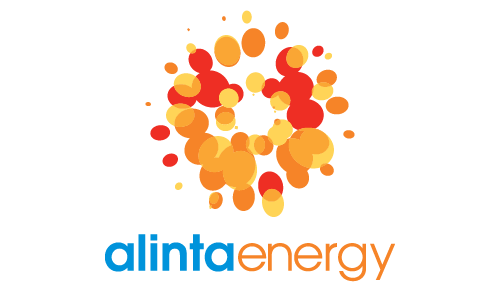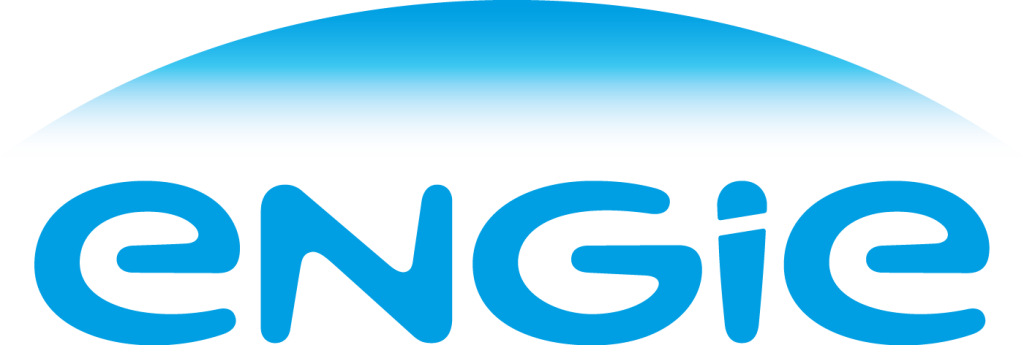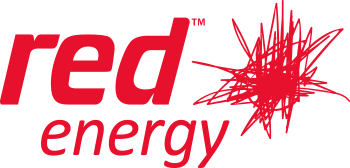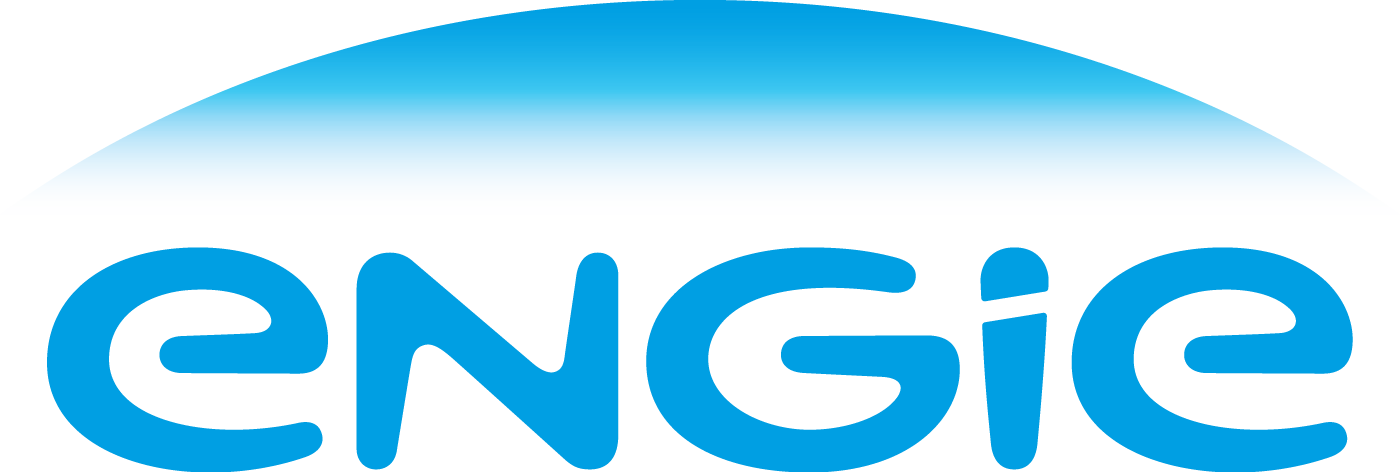Home > Energy Plans > Best Solar Plans
Looking for the best solar plan for your home or business? Compare plans online here with Savvy to find one that’s just right for your needs.
Author
Savvy Editorial TeamFact checked













We’ve partnered with Econnex to bring you a range of energy plans to help you compare them.













We’ve partnered with Econnex to bring you a range of energy plans to help you compare them.






















Solar energy offers a sustainable and renewable solution that not only helps reduce your carbon footprint, but also provides long-term cost savings. To make the most of solar energy, it's essential to explore the best solar plans available. With the increasing popularity of solar energy, it's crucial to explore the best options available to maximize your solar investment and enjoy the long-term financial benefits of investing in solar panels.
Savvy's comparison service helps you to compare a wide range of solar plans from reputable energy providers, ensuring you have access to the latest information and competitive offers. From residential to commercial solar electricity plans, Savvy provides a user-friendly 100% free service that allows you to compare energy plans quickly and easily. Let Savvy guide you towards a brighter and greener future. Explore and compare solar plans with us here today!
When comparing solar electricity plans, it's essential to consider various factors to ensure you're making an informed decision. Here are some key elements to compare when using Savvy's online comparison service:
Reference price and percentage: The reference price, set by the Australian Government, serves as a benchmark for electricity costs in your area. Compare the advertised price of each plan to the reference price, which is expressed as a percentage. A higher percentage indicates a better: The usage rate is the price you pay for the electricity you consume from the grid. Some retailers offer different rates for different blocks of power usage or various tariff options. Take note of time-of-use tariffs, which vary depending on the time of day or day of the week.
Daily supply charge: The daily supply charge covers the cost of being connected to the grid and is charged regardless of your usage.
Fees: Be aware of any additional fees that may apply, such as connection fees, disconnection fees, early exit fees, late payment fees, or fees for paper bills.
Contract terms: Consider whether the plan has a fixed-term contract or is ongoing. Fixed-term contracts may lock you in for a specific period, while ongoing contracts more provide flexibility.
Discounts: Check for any available discounts, such as bundle discounts for combining electricity and gas plans or pay-on-time discounts.
Green energy options: Some plans offer green energy alternatives, including carbon-neutral plans, carbon offset options, or GreenPower options. These options support the use of renewable energy sources and contribute to reducing your carbon footprint.
By comparing these factors side-by-side, you can identify the solar electricity plan that best suits your needs and preferences while considering affordability, sustainability, and contractual terms. Savvy's comparison service simplifies the process, allowing you to make an informed decision confidently.
A feed-in tariff (FiT) is a government incentive program that allows households and businesses with solar power systems to earn credits or payments for the excess electricity they generate and feed back into the electricity grid. Here's why feed-in tariffs are important:
Feed-in tariffs are an important policy tool that promotes renewable energy adoption, offers financial incentives, enhances grid stability, drives economic growth, and contributes to a sustainable future. Understanding the role of feed-in tariffs is crucial when considering solar electricity plans, as they can significantly impact the financial viability and overall benefits of installing solar panels.
Switching to a better solar plan is a straightforward process that can help you save money and maximise the benefits of solar energy. Here's a step-by-step guide to switching to a better solar plan:
Remember, before switching to a better solar plan, it's essential to consider factors such as the contract terms, pricing and benefits offered. By taking the time to compare solar plans through Savvy, you can switch to a new solar plan that suits your needs and saves you money.
Every home needs an electricity connection. From powering your fridge to your television, it's important to know the differences between electricity plans before you buy.
Who doesn't love a warm, cozy bedroom in winter or a hot shower on a cold morning? Natural gas helps heat things up in your home, so getting the right gas plan is crucial.
Solar panels are becoming increasingly common as Australians make a sustainable switch. Your connection to the grid is still important for when the sun isn't out, though.
Energy providers are now providing plans to Australians who want to make use of more environmentally friendly sources. These are often known as green energy plans.
It isn't all about homes, though. Electricity and gas are vital for small, medium and large businesses around Australia, so some retailers offer specialist plans to match.
You won’t need to pay a cent to compare a variety of energy plans online through Savvy, as it’s 100% free.
By filling out your form and providing a recent energy bill, you can have all the facts and figures worked out for you.
When you fill out your quote, you’ll be able to consider offers from some of the leading energy providers in Australia.
A solar electricity plan differs from a regular electricity plan primarily in terms of the solar feed-in tariff. With a solar electricity plan, you generate your own electricity using solar panels. The surplus electricity produced can be fed back into the grid, and in return, you receive a feed-in tariff. This means that you are credited for the excess electricity you contribute, reducing the overall cost of your electricity bill. In contrast, a regular energy plan does not have this benefit, and you solely rely on electricity supplied by the grid without any credits for the surplus power you generate.
Yes, a solar electricity plan has the potential to save you money on your electricity and gas bills. This is because if you bundle both utilities together, some power suppliers will let you use your feed-in tariff payments to offset the usage charges on your gas bills. This way you’ll get a reduction in both your gas and electricity bills from your solar panel output.
The cost of an average solar system in Australia will vary depending on several factors such as the size of the system, the quality of the components, and the installation requirements. As of 2023, the average cost of a 6.6 kW solar system, which is one of the most common sizes for residential properties, ranges from around $4,000 for a cheap solar plan up to $8,000 or more. Various government incentives and rebates can help offset the upfront cost of installing a solar system, making it a more affordable investment in the long run.
Yes, solar electricity plans can have different pricing structures depending on the energy retailer and the specific plan. Some plans may offer time-of-use tariffs, where electricity rates vary based on the time of day. It's important to compare and understand the pricing structures of different solar electricity plans to determine which one is the best for your energy consumption pattern.
Yes, many energy retailers offer bundle options where you can combine your solar electricity plan with other services for additional savings. Bundling your solar electricity plan with services such as gas or even internet and home insurance can lead to discounted rates or special offers. This bundling convenience allows you to manage multiple services under one provider, potentially streamlining your billing and providing cost savings.
A solar electricity smart meter measures and records the amount of electricity consumed in a property. It works by monitoring the flow of electricity from the grid into the property plus the electricity generated by connected solar panels. The smart meter provides real-time data on electricity usage, allowing homeowners to track their energy consumption and understand how much electricity is being generated by their solar system. It accurately measures the surplus electricity that is fed back into the grid. Additionally, smart meters often come with advanced features such as remote monitoring and online portals, providing users with convenient access to their energy data.
Disclaimer:
Savvy is partnered with Econnex Comparison (CIMET Sales Pty Ltd, ABN 72 620 395 726) to provide readers with a variety of energy plans to compare. We do not compare all retailers in the market, or all plans offered by all retailers. Savvy earns a commission from Econnex each time a customer buys an energy plan via our website. We don’t arrange for products to be purchased directly, as all purchases are conducted via Econnex.
Any advice presented above is general in nature and doesn’t consider your personal or business objectives, needs or finances. It’s always important to consider whether advice is suitable for you before purchasing an energy plan. For further information on the variety of energy plans compared by Econnex, or how their business works, you can visit their website.
Quantum Savvy Pty Ltd (ABN 78 660 493 194) trades as Savvy and operates as an Authorised Credit Representative 541339 of Australian Credit Licence 414426 (AFAS Group Pty Ltd, ABN 12 134 138 686). We are one of Australia’s leading financial comparison sites and have been helping Australians make savvy decisions when it comes to their money for over a decade.
We’re partnered with lenders, insurers and other financial institutions who compensate us for business initiated through our website. We earn a commission each time a customer chooses or buys a product advertised on our site, which you can find out more about here, as well as in our credit guide for asset finance. It’s also crucial to read the terms and conditions, Product Disclosure Statement (PDS) or credit guide of our partners before signing up for your chosen product. However, the compensation we receive doesn’t impact the content written and published on our website, as our writing team exercises full editorial independence.
For more information about us and how we conduct our business, you can read our privacy policy and terms of use.
© Copyright 2024 Quantum Savvy Pty Ltd T/as Savvy. All Rights Reserved.
Our consultant will get in touch with you shortly to discuss your finance options.
